Laser Induced Breakdown Spectroscopy
ID inorganic and metal particles with LIBS analysis
Blast through particle identification
When developing and manufacturing biopharmaceutical products, the presence of visible and subvisible particulate matter can delay packaging and delivery, derailing critical timelines. These particulates can include metals, fibers, glass, and other inorganic materials from processing equipment and primary packaging. Identifying the chemical composition of the particulates can help you find the source of the contamination and get your timelines back on track.
Laser induced breakdown spectroscopy (LIBS) can help you quickly identify the chemical composition of inorganic contaminants for timely and effective contaminant elimination.
Why laser induced breakdown spectroscopy instead of SEM-EDS?
If you just want a quick answer on why you should use LIBS instead of scanning electron microscopy - energy dispersive X-ray spectroscopy (SEM-EDS) for biopharma particle analysis, it’s because LIBS is:
- Easier to use, no specialist needed
- Faster, 1 sec per measurement
- Simpler, sample prep is less involved
- More informative, analyze layers, not just the surface
Get the lowdown on laser induced breakdown spectroscopy
LIBS works just as the name suggests — a laser induces the breakdown of the target material which is then analyzed spectroscopically. Here’s a closer look at what that means:
Burn through the dirt
A laser focused on the surface of the target particle converts a small volume of the material into plasma which contains free electrons.
Because the laser ablates the top-most surface, you can analyze multiple layers of the target material by keeping the laser focused on the same point.
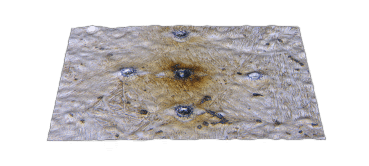
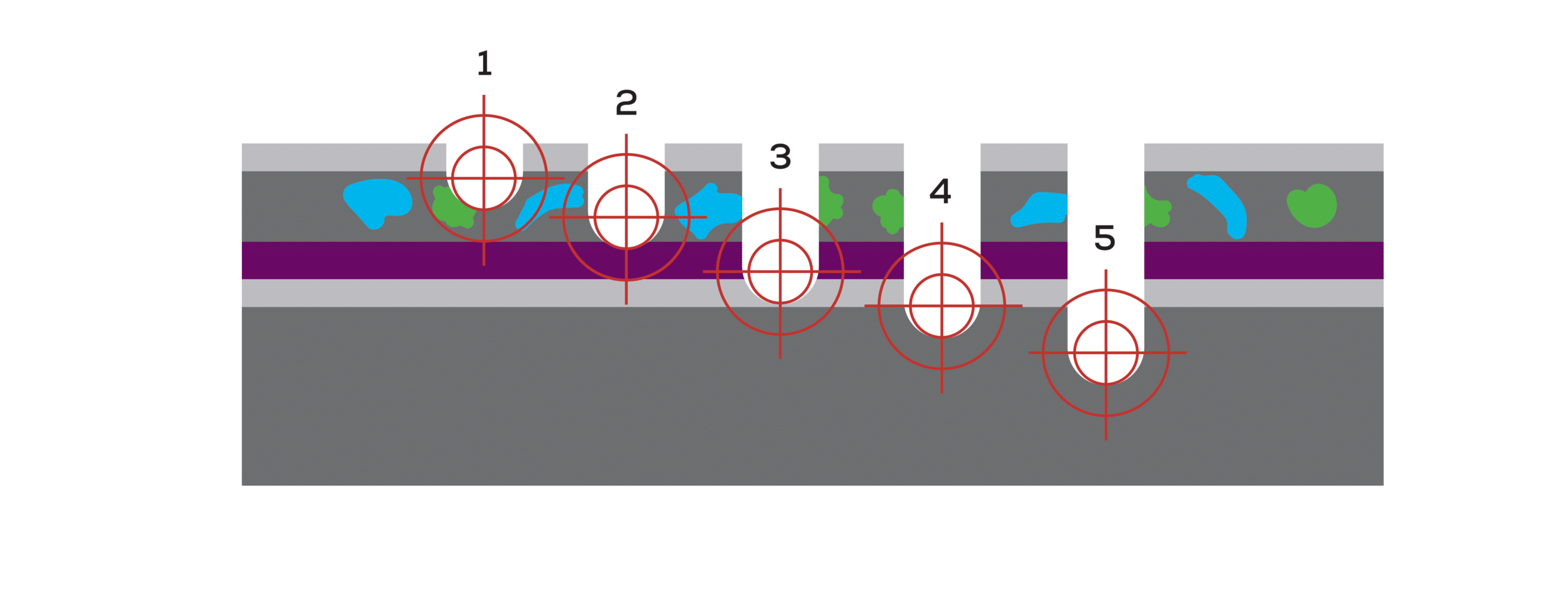
Let the electrons relax
As the plasma cools, the electrons relax back into their ground state orbitals, emitting first broad spectrum light and then discrete wavelengths that are characteristic of their atomic composition.
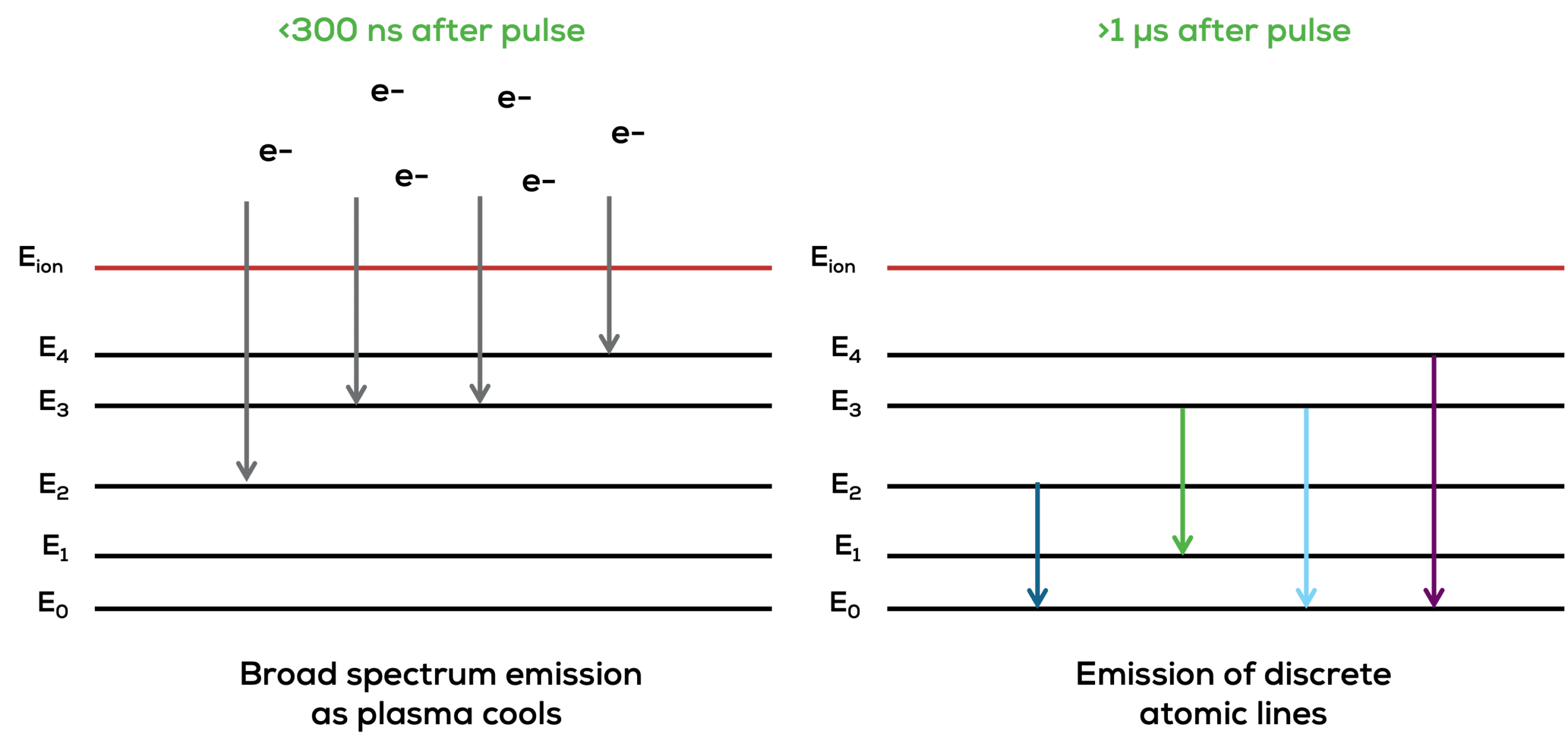
Measure atomic emissions
A detector measures the intensity of emitted light across the spectrum of wavelengths.
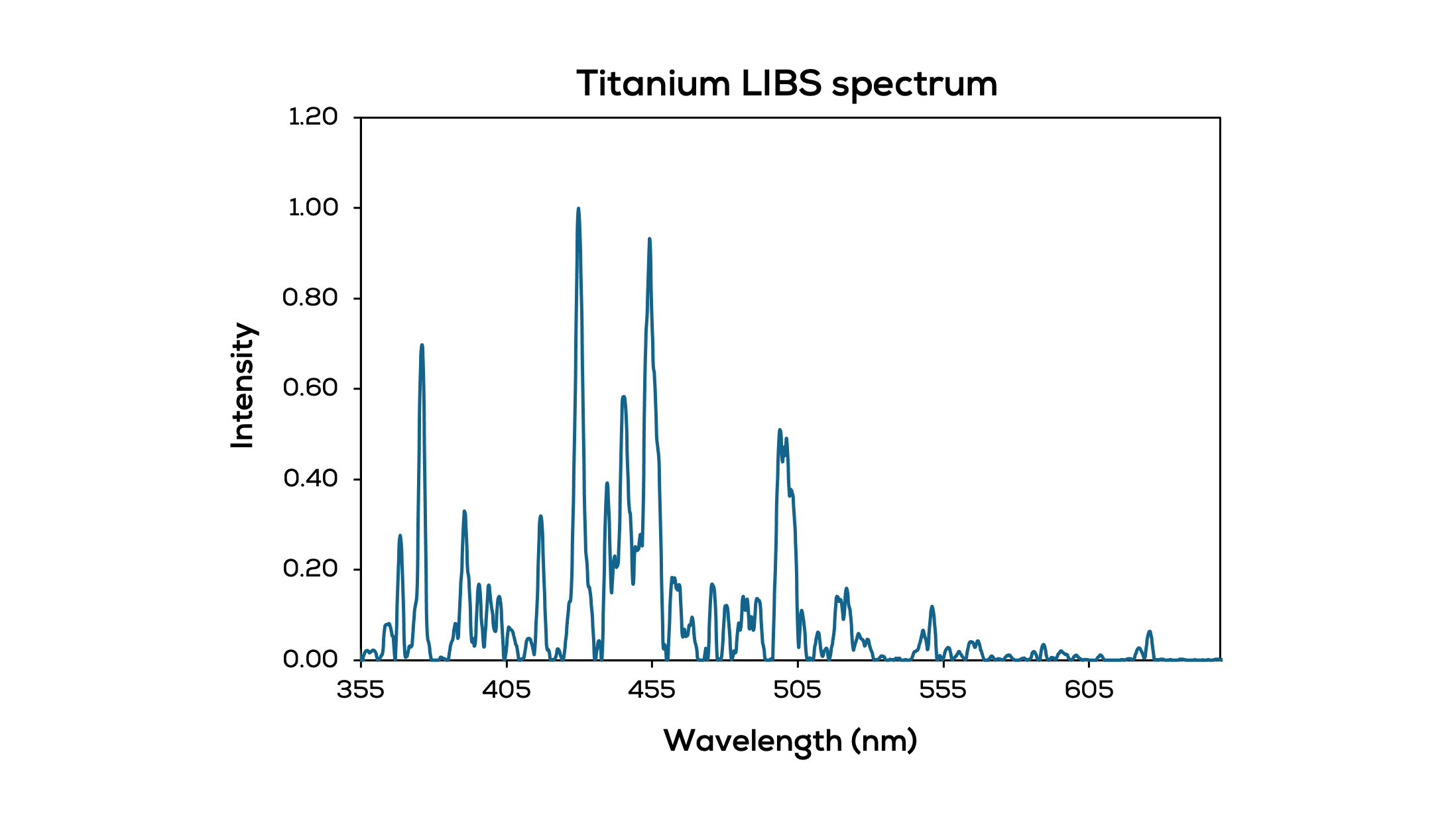
Match spectra to references
Find the identity of the target particle by matching the LIBS spectra to a database of known spectra.
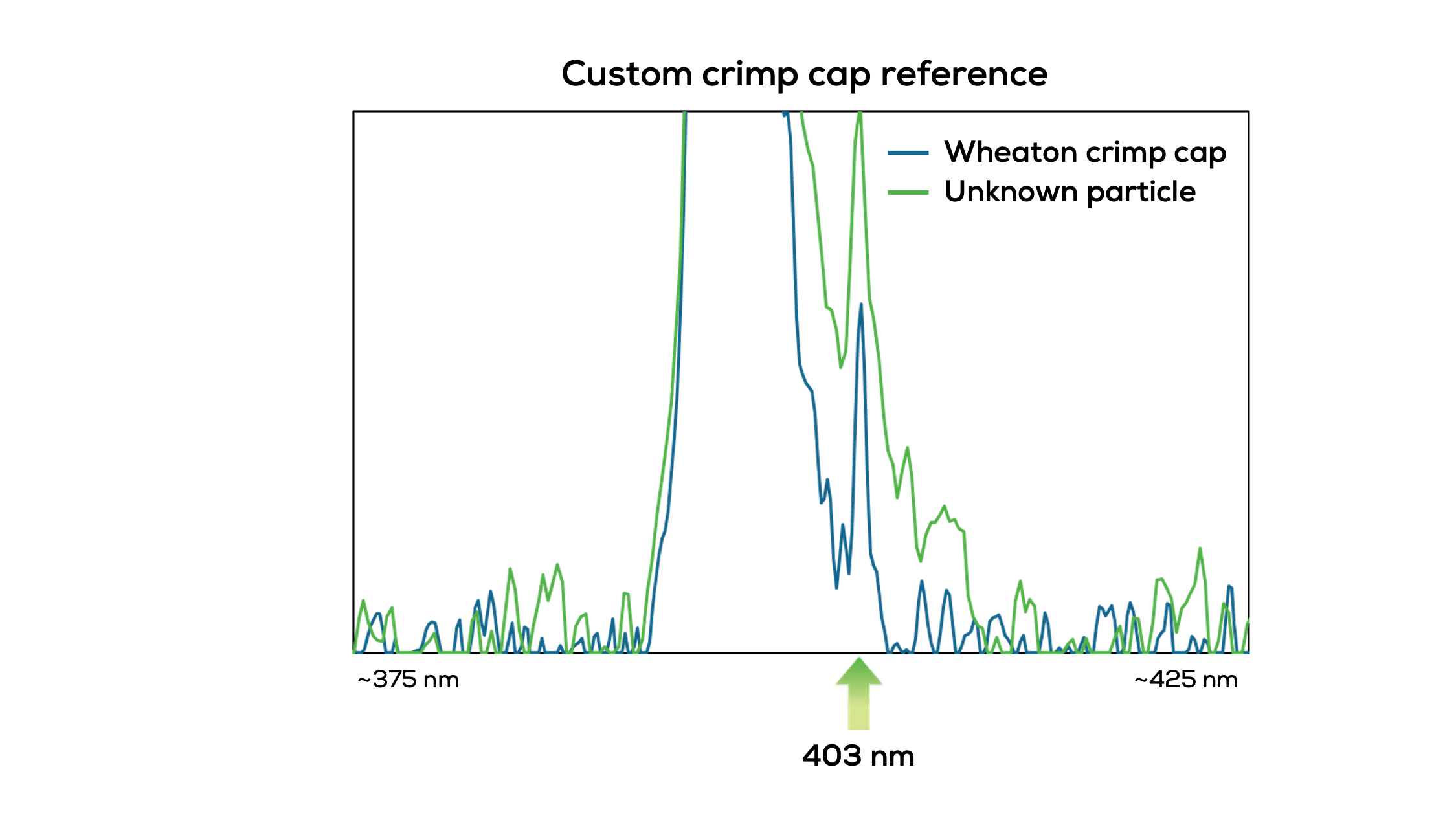
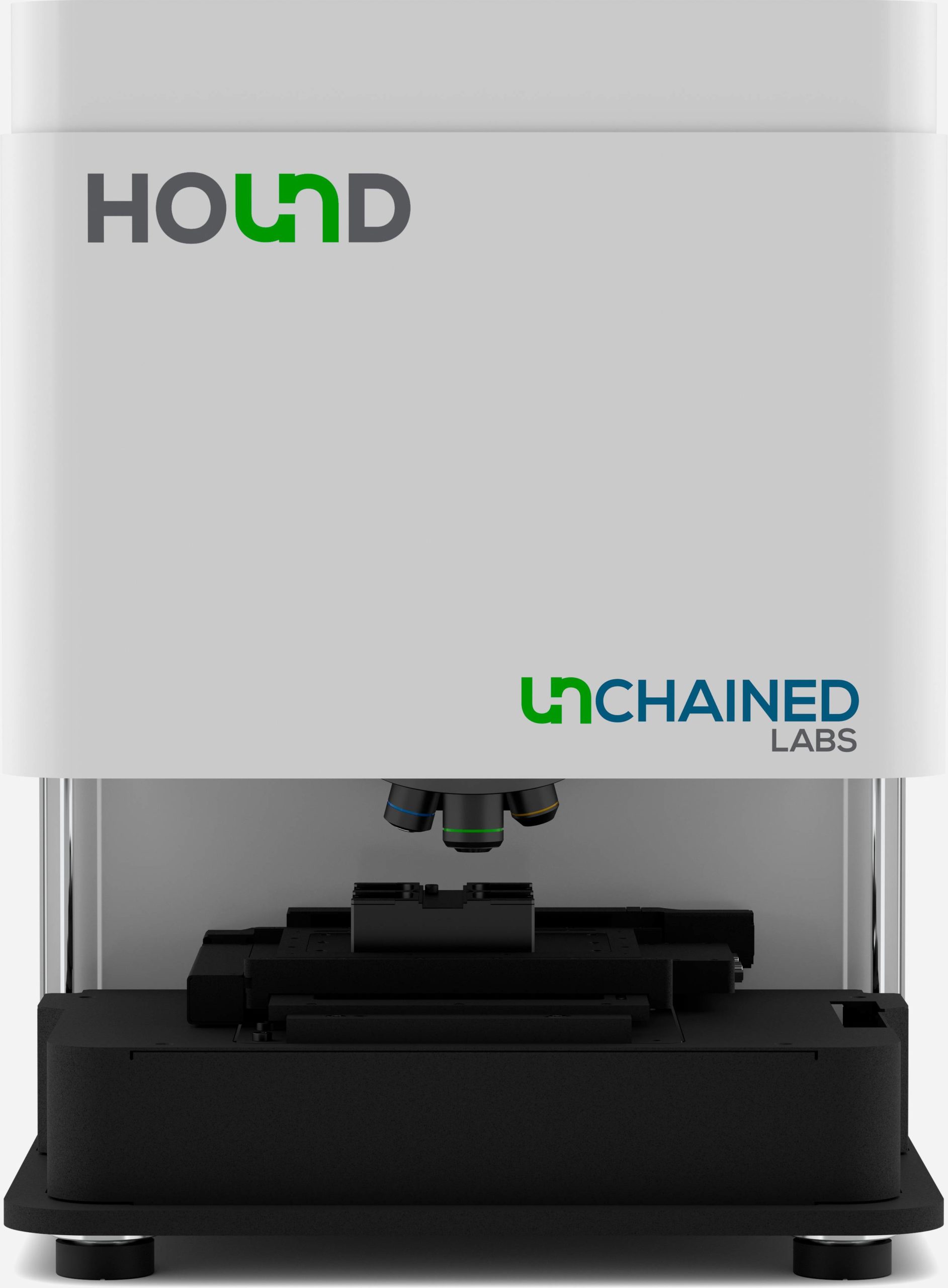
Hound
Combining automated microscopy, Raman spectroscopy, and laser induced breakdown spectroscopy (LIBS) in a single instrument, Hound enables manual and automated identification of visible and subvisible particles across a wide range of chemical compositions using in-built and customizable reference spectra. Count, size, and ID particles by their chemical or elemental fingerprints, all with a single easy-to-use instrument.
Ready for more?
Biopharma scientists can now use the right tool for particle analysis and identification challenges with an instrument that combines laser induced breakdown spectroscopy, Raman spectroscopy, and light microscopy. Have a question or ready to find out more?


